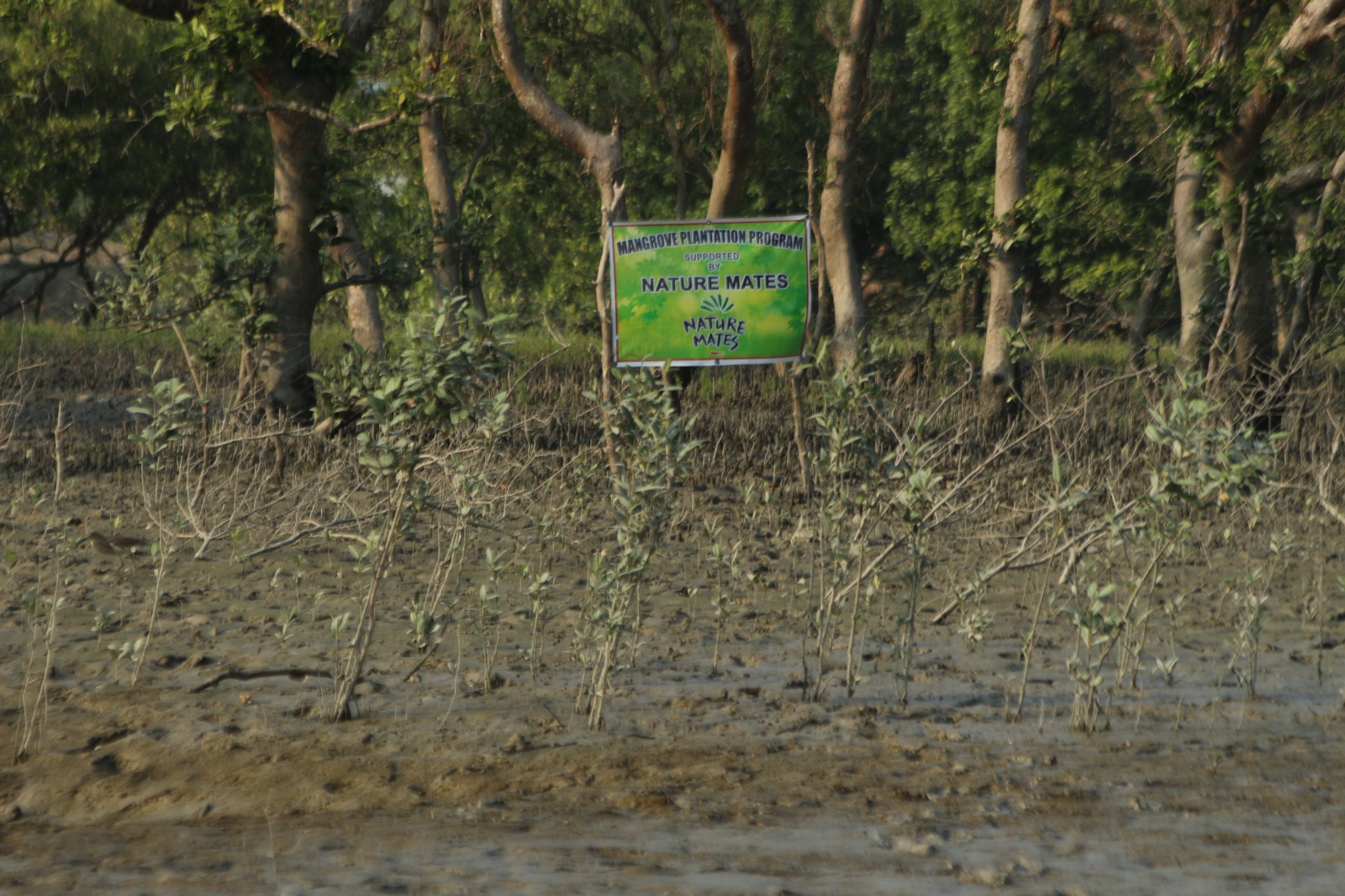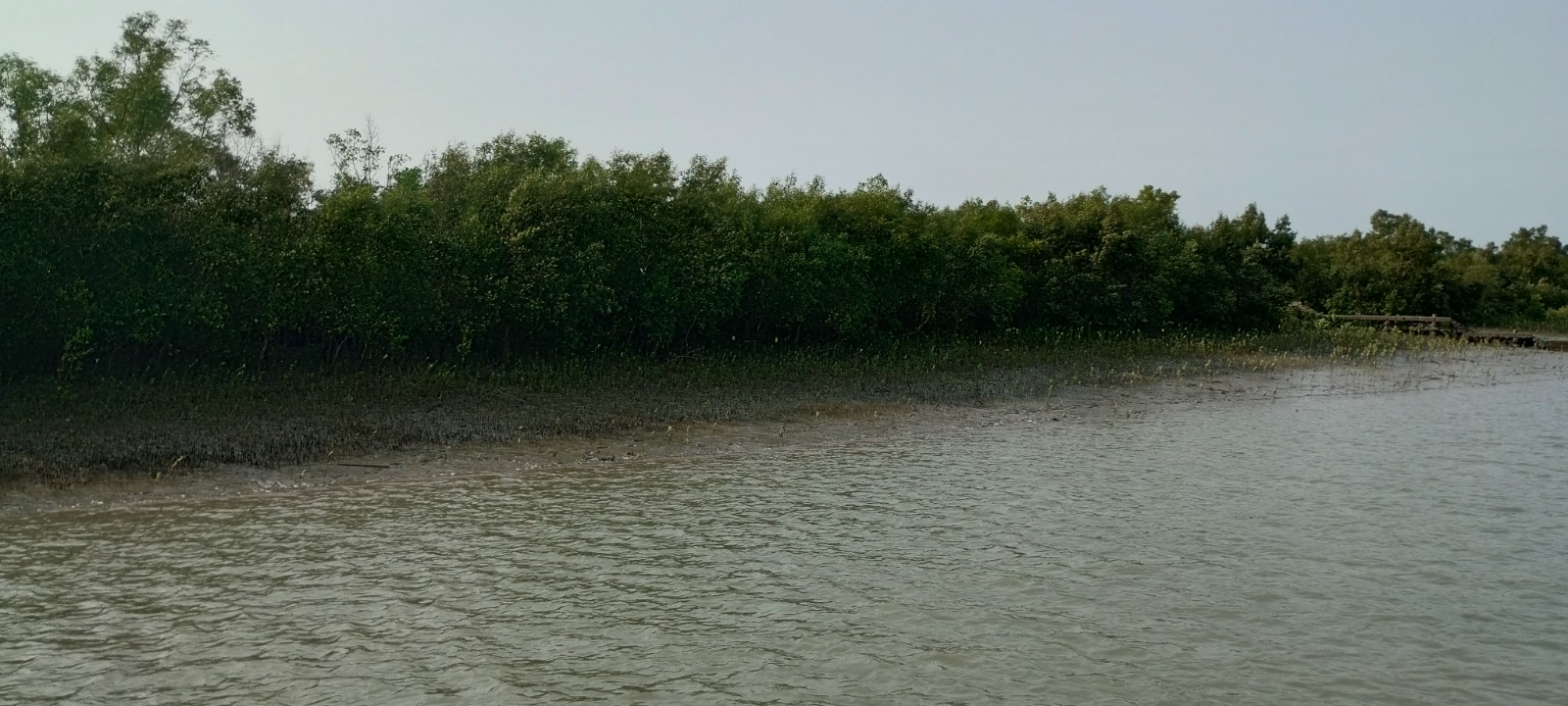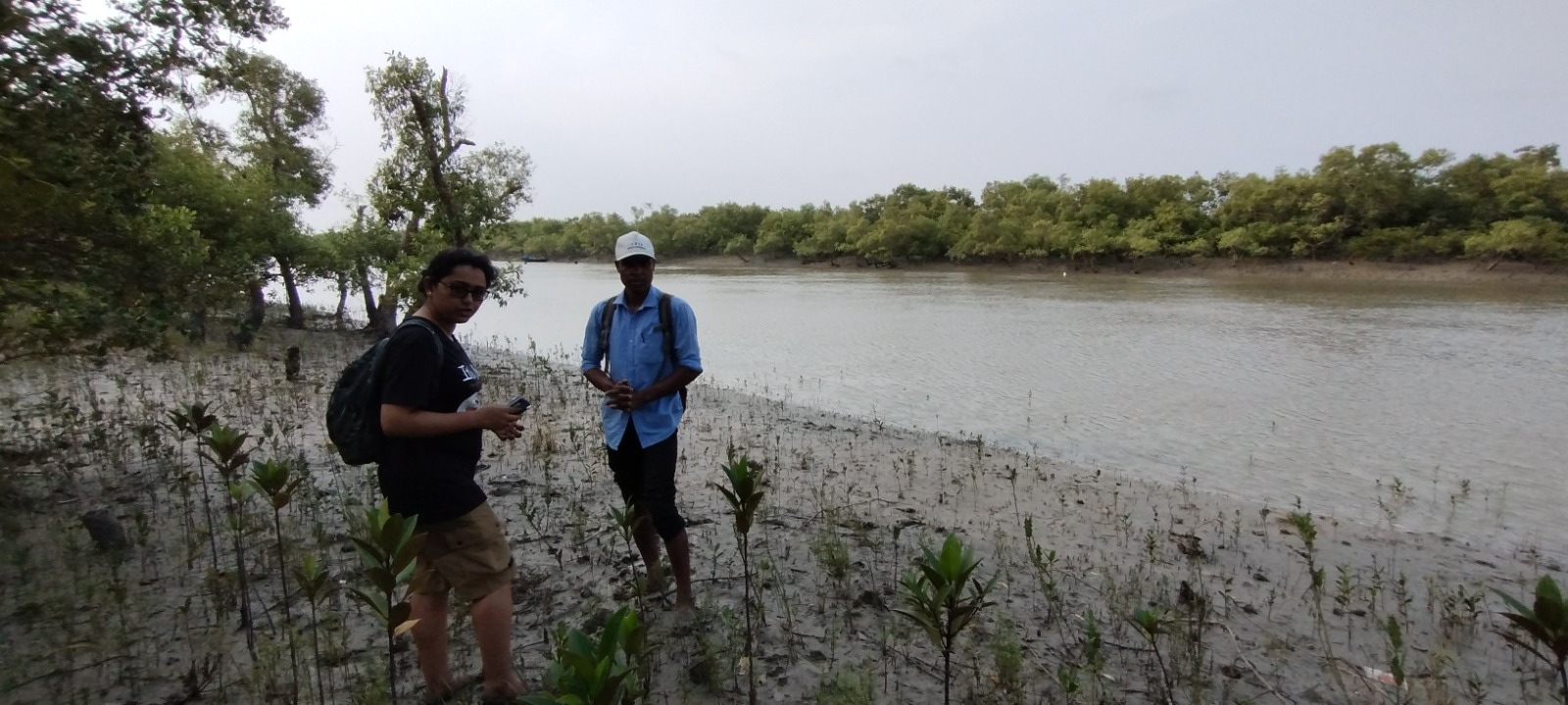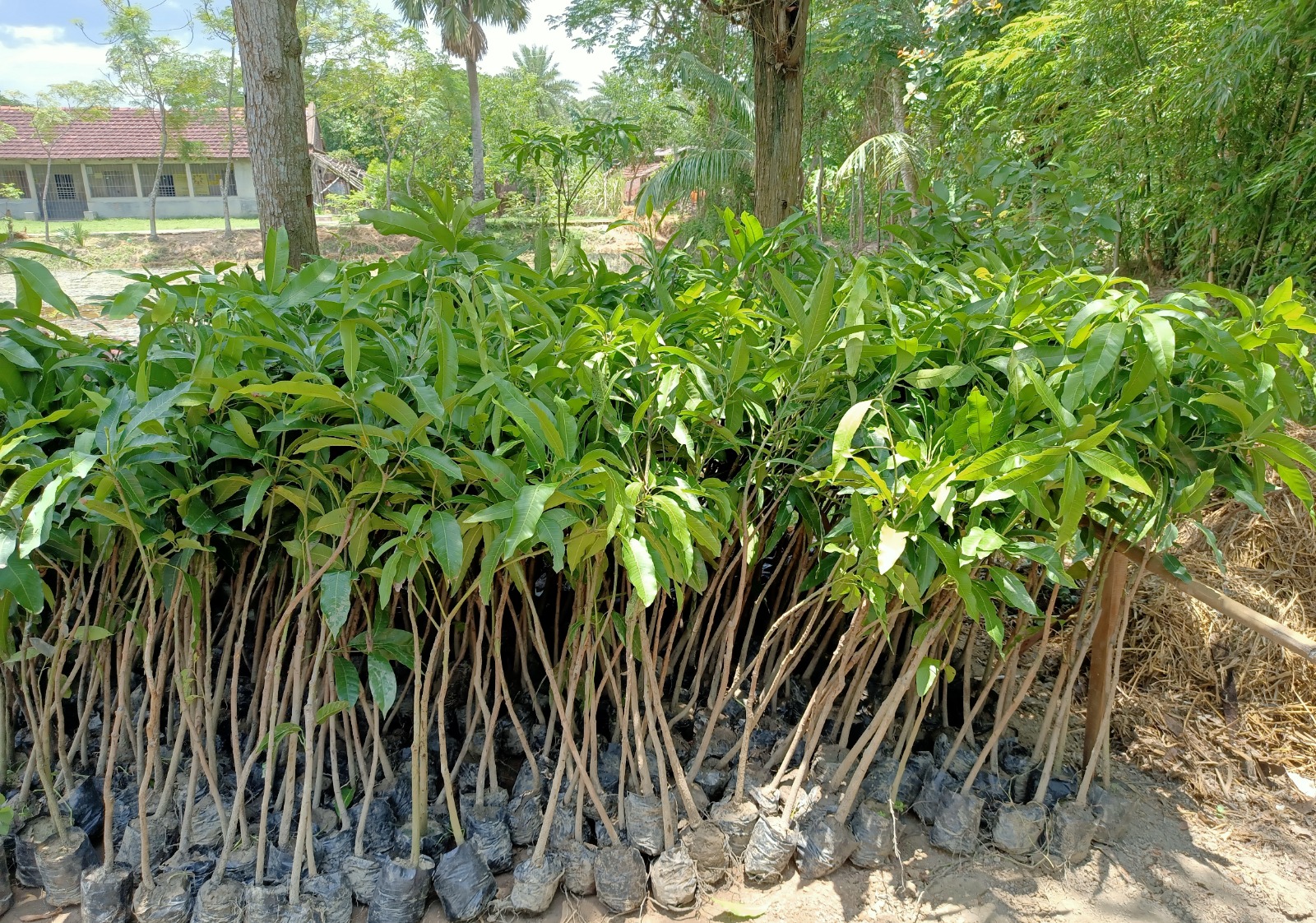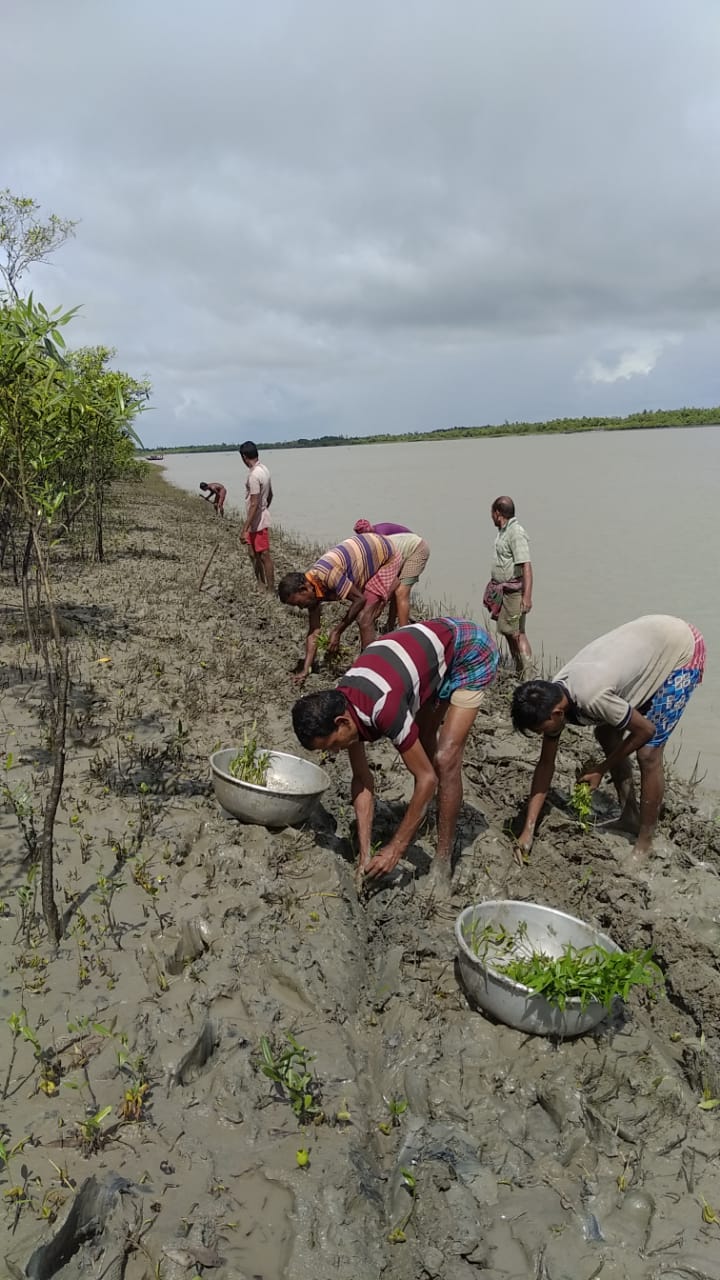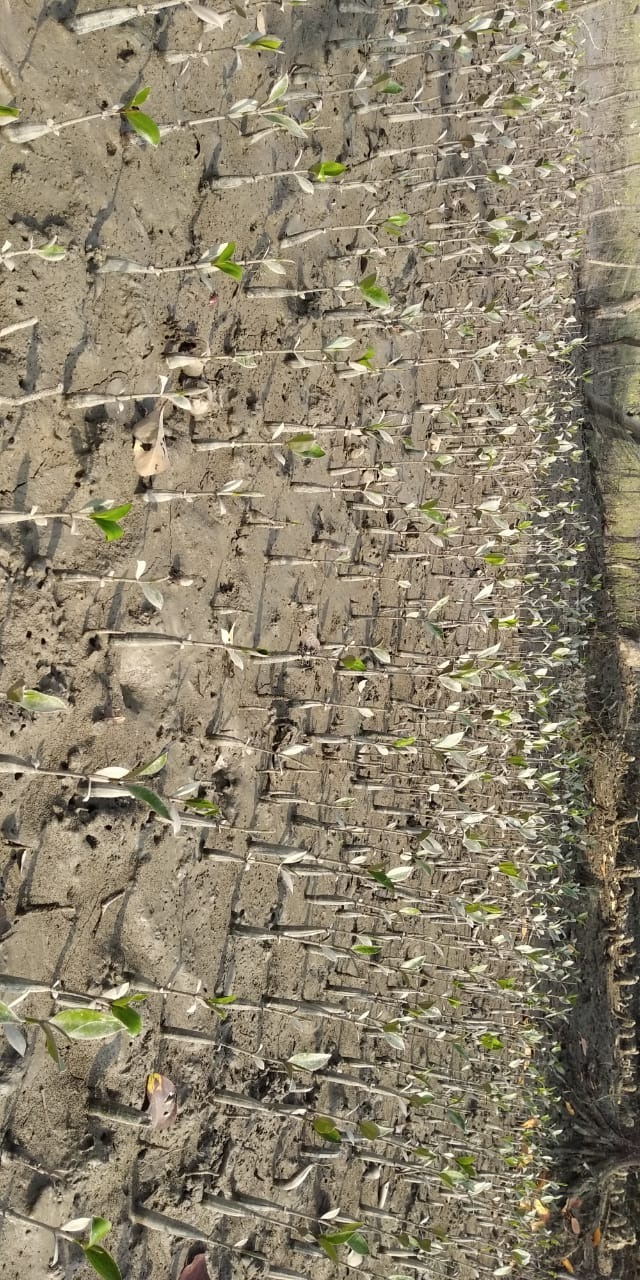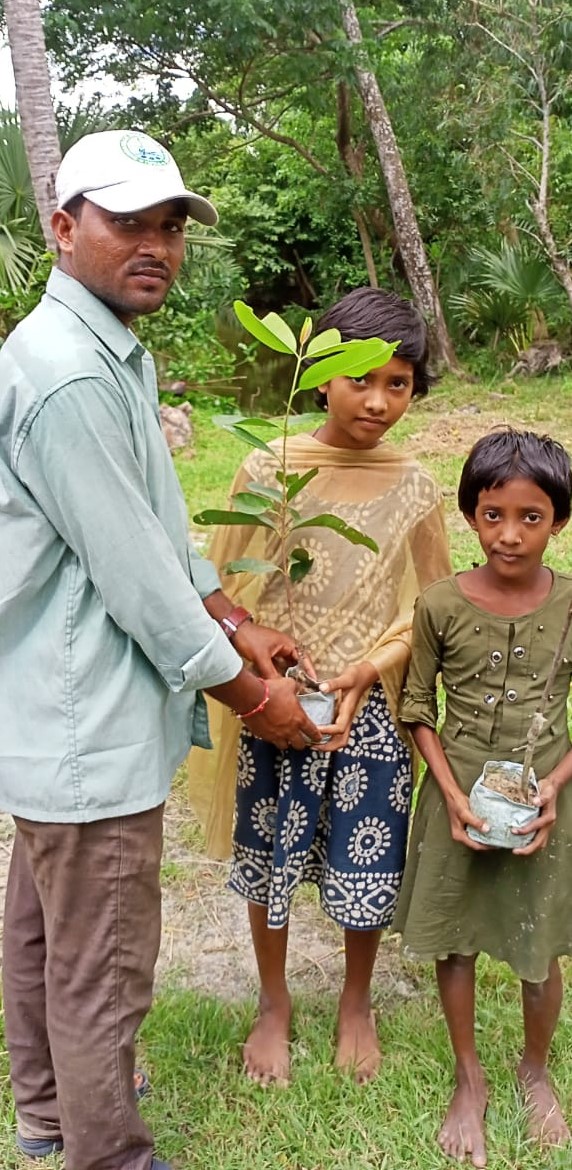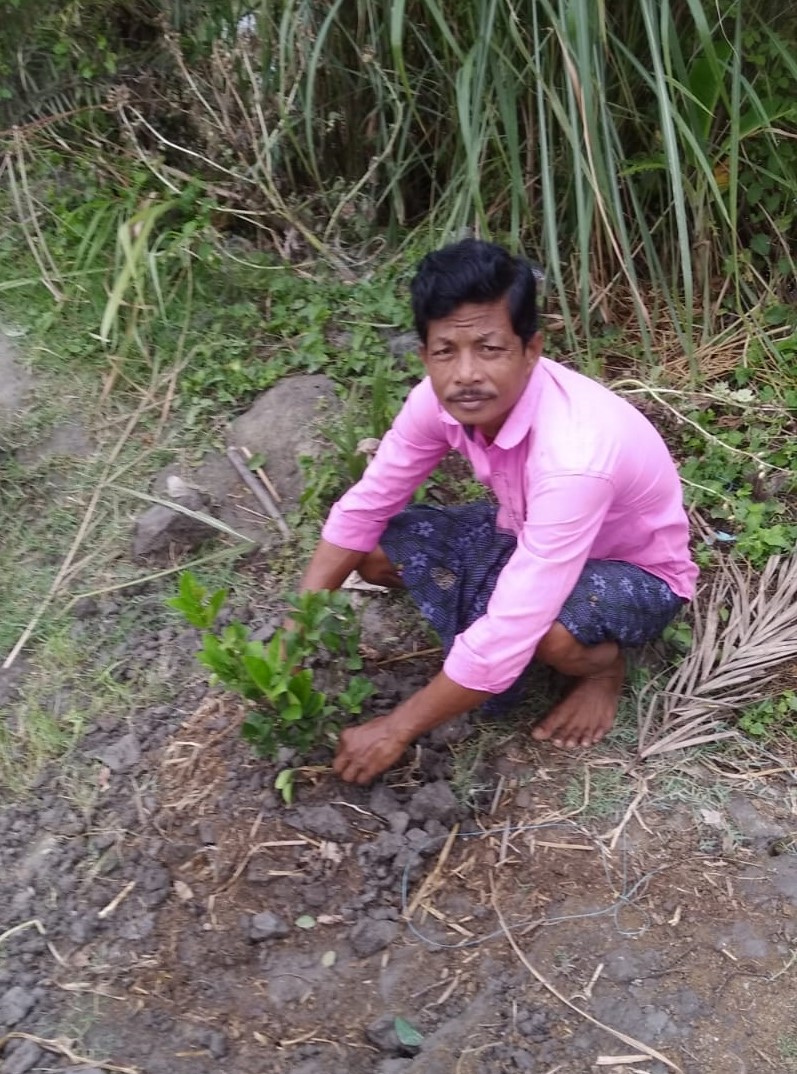Ecological Restoration of Sundarbans Landscape
The Sundarban landscape is prone to recurrent climatic disasters. The mangroves plays a pivotal role in this landscape acting as a shield protecting from the blows of the Bay of Bengal. The landscape had witnessed two consecutive blows of natural disasters in recent times, namely, super cyclone Amphan in 2020 and cyclone YAAS in 2021, submerging the entire area. This led to heavy destruction of mangroves, property as well as increased the pressure on forest resources.
The super cyclone has devastated the life in Sundarban as in several places the saline water entered the village and also people are left with no food and shelter. Nature Mates together with the support of Hoffman Family Foundation started the year long Sundarban Post Amphan Restoration Project from September 2020.
The different activities carried out under this program are:
1. Erosion mapping
2. Mangrove plantation
3. Shelter-belt plantation
4. Water and soil assessment
5. Pond water quality assessment and treatment for aquaculture and household use
6. Paddy cultivation assessment and restoration
7. Fruit tree plantation
8. Home vegetable gardening
9. Ecological awareness
All the above activities are not just to restore the ecological semblance in Sundarbans post-Amphan but also to empower the people around to be self-reliant and fight all such natural devastations in future with food security.
Strengthening the coastline of Sundarban took place through different strategic and scientific approach, through erosion mapping of the coastline and strategically selecting the restoration areas. Around 25 hectares of mangroves have been planted in these selected areas till date, in collaboration with local people. Along with that, shelter belt plantation was prioritized to rebuild the coastline's resilience as well as to minimise the effects of natural calamities on communities living near the coastline around 2000 native species with strong root systems has been planted till date to stabilize soil and protect against erosion and storm surges.
Post Amphan, 40 saline infested local ponds were treated after physically checking 100 ponds and treating the ponds through organic medicines.
We distributed over 4000 fruit trees to around 900 families and vegetable seeds to over 200 families to make the villagers self sufficient for fuel wood and to meet food needs by cultivating them organically.
To empower and help people revive their lives, our team helped the local villagers by giving them paddy seeds for organic farming. As per the process they plant, harvest and prepare rice for self-consumption and sale in Sagar Island.


